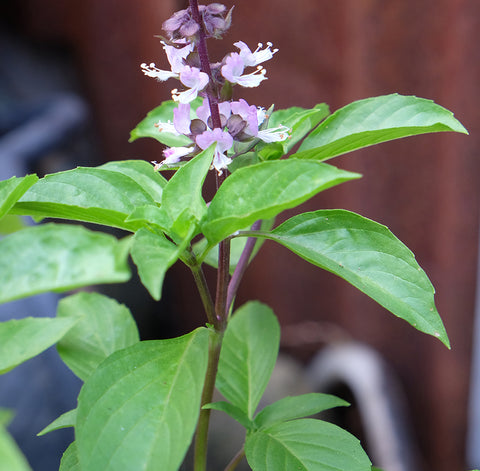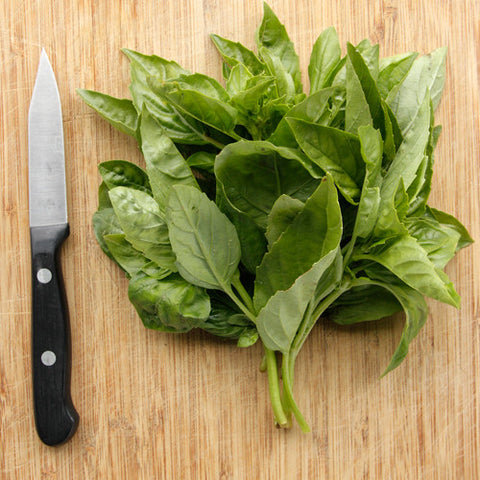Echinacea Purpurea (Purple Coneflower) (Organically Grown Seeds)
$4.79
This item may be out of season or currently out of stock. Please check back.
Description: One of the very best perennials for attracting butterflies and birds! Echinacea is showy and easy to grow, adding a flashy touch to the late summer landscape. Blooms heavily from July through September. Will tolerate clay soils. Plants reach 3-4' tall.
Organically Grown/ Heirloom/ Open Pollinated/ Non-GMO
Pack Size: 80 seeds
Latin Name: Echinacea Purpurea
Alternative Names: Coneflower
Main Uses: Ornamental, medicinal, naturescape
Zone Hardiness: Zone 3 perennial
Exposure: Full sun
Height: 90 - 120 cm (36 - 48 inches)
Flower Colour: Pink-purple
Flowering Time: July to August
Seed Source: Organically grown
Germination: 7 - 10 days at 21ºC.
Indoors: 3 - 5 seeds per plug, 8 - 12 weeks before the average last frost date
Planting out: Plant in loose, fertile soil once all chance of frost has passed.
Direct Seeding: Echinacea can be direct-seeded in late May, but will not bloom until its second year. Another option is to sow outdoors (into prepared beds) in late fall, which will yield strong, first-year blooming plants the next summer.
Planting depth: 1/4 "
Spacing: Space transplants 12" apart
Growing in Containers: Grows very well in larger containers and raised beds, although winter hardiness may be impacted.
Growing in Mixed Planters: Not well suited to mixed planters.
Fertilizing (Containers): Plant in a quality, well-draining organic-based potting mix. Feed regularly with organic fertilizer. An organic bloom-booster fertilizer at the first onset of buds will encourage larger blooms and more abundant flowering.
Watering (Containers): Water containers deeply when the top inch feels dry to the touch. Monitor pots every day or two during very hot weather.
Fertilizing (Garden): Plant in average garden soil, amended with compost on an annual basis. No additional fertilizing is required.
Watering (Garden): Water deeply to establish. Water mature plants weekly during hot weather.
Beneficials Attracted to this Plant: Many butterflies, as well as bees, feed on the nectar of echinacea.
Notes: Deadhead flowers to promote tidy re-blooming.
Suitability for Indoors: Not suited for indoors.







